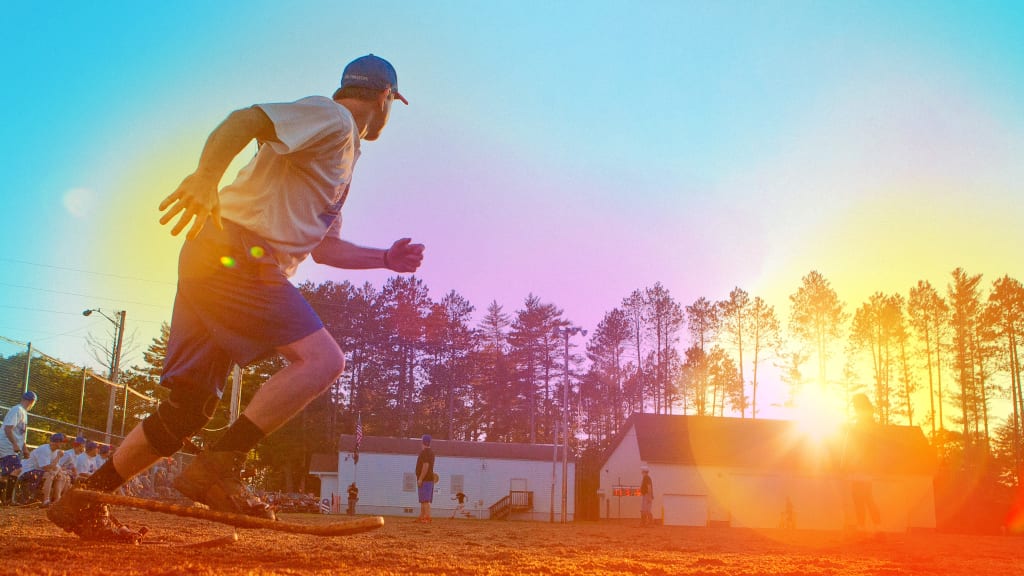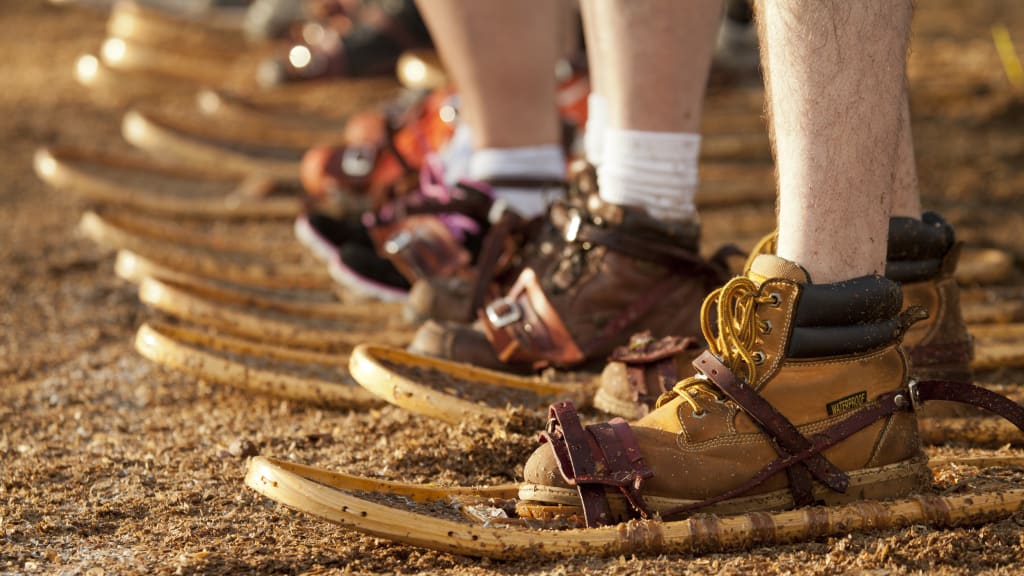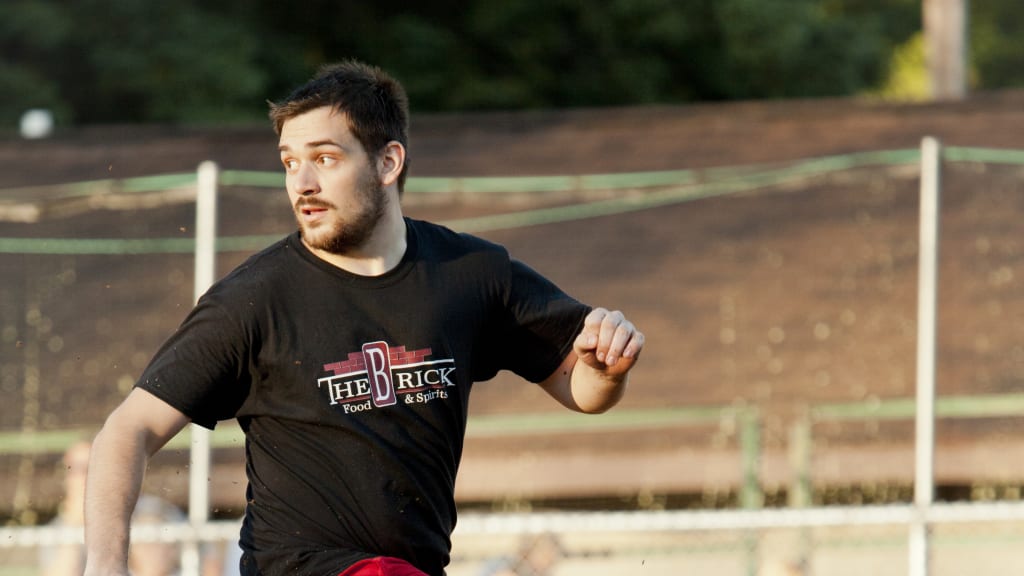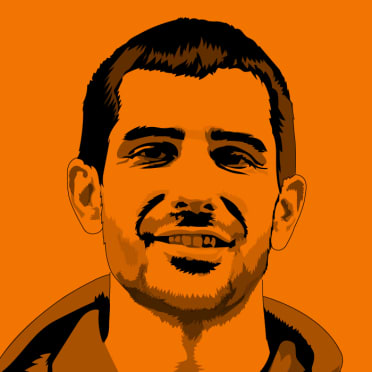
It's another cool August night in a small town in Wisconsin's Northwoods, and the local ballpark is jammed.
Hot dogs, cold drinks and some delicious homemade pies -- the sole reason many locals and tourists turn up -- are being passed around the bleachers. The tickets are free, but a butterfly net goes out to anybody who has the means to donate and keep the Monday league up and running.
The attention then turns quickly to the field. The game is starting.
The first hitter shuffles up to the plate and digs in, hoping to lift a ball 200 feet away on top of the building in left field -- good for an automatic home run. It's only been accomplished a handful of times in the last 15 or so years, but if it's been done before, it can always be done again, right?
The crowd is abuzz, their eyes glued to the at-bat, excited for what's about to happen. Some of them have seen it for the past 60 summers, some are first-timers -- reading wild stories about the game in local guidebooks or hearing tales of the sport from friends of friends.
The pitcher rears back and delivers a high arcing first pitch, the batter puts his weight on his back leg and hits a line drive toward the outfield gap. A sure double and maybe triple in any normal softball or baseball game.
But then, halfway to first, it happens: The batter trips up over his snowshoes and falls face-first into a pile of sawdust. The dust gets everywhere -- into his mouth, up his nose, inside his shirt. He crawls the rest of the way to first, smacks the bag with his right hand and laughs until he can't breathe.
The crowd erupts, elated they saw what they came to see. They stand up to applaud the effort. And then they sit back down and get ready for the next one.
Welcome to Lake Tomahawk, Wisc. -- summertime snowshoe baseball capital of the world.
-----------------------------------------------------------------
Lake Tomahawk's snowshoe baseball league didn't always happen in the summer -- I mean, why would it?
The game was first played on ice, on Lake Tomahawk, during the winter months in the 1940s and 50s. It attracted big crowds and baseballs would roll for miles if hit hard enough (the league would eventually switch to larger, softer softballs that wouldn't roll as far). But what about the summer? How could tourists be entertained with the same sport when there was no more snow left to play on?
Well, in the 1960s, town chairman Ray Sloan had an extremely wacky, very simple and possibly brilliant idea for warm-weather snowshoe baseball: Just pour a bunch of sawdust on the local ball field.
It worked. The sport took off under Sloan's direction, longtime league proponent Don Hilgendorf helped build concessions, a press box and other ballpark necessities and snowshoe baseball, somehow, has become a can't-miss summertime attraction ever since.
"It's a lot more entertaining [with the snowshoes]," Jeff Smith, coach, player and current manager of the league, tells me over the phone from his home in Wisconsin. "We have other softball leagues around here on Thursday and Friday nights, but this is just so unique with the shoes. You have to shuffle and, you know, you can get pretty good on those things. Fielding groundballs can be a challenge because you gotta get those shoes out of the way."
Besides the snowshoes and the sawdust, the sport has basically all the same rules of regular softball. Bases are the same distance apart, there are nine innings and 10 fielders -- only, well, the fielders can't wear gloves. It's not too bad; the 16-inch clincher softball provides much more of a cushion (leagues that play with this type of ball generally won't wear gloves). Homers are few and far between because of the ball's softness, but if you hit one over the fence in right or on the roof of the building in left -- both about 200 feet away -- you get your free trot around the basepaths.
The entire field is covered in about 10 inches of sawdust -- a giant pile is brought in once a year by a local lumber company. Teams turn and rake it after every game. Balls, bats and jerseys must be taken care of by teams, and the town of Lake Tomahawk provides the snowshoes. The league used to play with shoes that were a mammoth 48 inches long, but, as 24-year snowshoe veteran Cole Punches says, that ended pretty quickly.
"Guys would dive headfirst and then their feet would come up and the tails of the snowshoe would come forward and hit them on the head," Punches tells me. "So, we switched to bearpaws, which are like 36 inches."

There are 10 teams, mostly sponsored by area bars, with names like Lizzy T's and Smiley's. A local news station moonlighted as a team for one game in 2019. And every year, around July 4, a team of Chicago all-stars comes up to play in a giant state-vs-state matchup, attracting upwards of 3,000 people. Smith says although it's still the biggest game of the year, the event used to be an even bigger deal with parades and other festivities. Hilgendorf, who's been around longer than most, remembers how big.
“They used to have a parade in town here where the merchants all had floats and everything. Then they had the Belles of St. Mary’s out of Rhinelander and they would come up here and lead the parade. They’d go right on over to the ballpark,” Hilgendorf said. “Then they had a sky diver that always jumped and was supposed to land in a big white circle close to second base. Some nights he didn’t make it there.”
Still, 3,000 people is a lot to watch a bunch of guys play snowshoe baseball on sawdust in the middle of the summer. And regular games get about 1,500-2,000 fans. That's a huge number -- especially for the town of Lake Tomahawk, which only has about 1,200 people. That means people stream in every week from elsewhere, and for good reason.
"[Fans] come to see you fall down," Smith laughs. "The first-timers have a rough time, they wanna run too fast with [the snowshoes]. You tangle up and you fall down, and that's exactly what the people wanna see. Someone's gonna fall."
"Seeing people watching snowshoe baseball for the first time and laughing at how ridiculous we look, there's nothing better," Punches tells me. "Just flopping around, trying to run, and once you start losing your balance, there's no way to regain it. You're gonna go down. The flailing, shoes and arms flailing, and eventually you eat sawdust."

Punches, who plays left field, says first base might be the toughest position because of all the hard throws that come in. There are lots of broken or dislocated fingers. Outfield, as you can imagine, is also pretty difficult. The hardest part is that outfielders can't just spin around on a fly ball hit over their heads. Punches says you have to do more of a "three-point turn" with your shoes and by the time you've done that, you've either fallen on your face or the ball is way past you.

The other reason the people come?
"Pies, the pies are almost as big as snowshoe baseball," Punches says. "They come for the pies and stay for snowshoe baseball."
"Yeah, we're kinda famous for the homemade pies," Smith reiterates. "Area men and women from around here make pies. They get about 50-75 per game and they're normally all sold out, as long as the weather is nice and fans are there."
It's true: Nearly every single story you read about Lake Tomahawk's Snowshoe Baseball League mentions the pies. There are around 160 of them on July 4 weekend -- anything from apple to rhubarb to a graham cracker and coconut flake combination aptly called "Sawdust."
](https://img.mlbstatic.com/mlb-images/image/private/t_16x9/t_w1024/mlb/rbk7ouqjdefsbqeun2qo.jpg)
It's apparent talking to league members that everything continues to revolve around entertainment -- as was founder Ray Sloan's dream. Sure, both teams want to win and players will dive for balls and pitchers will look to tie up the best hitters, but it's mostly just about showing the fans a good time. It's about eating too much banana split pie, hanging out with your friends, making new ones and watching people play baseball on snowshoes.
I asked Smith and Punches multiple times about their personal achievements, but neither really mentioned any. Smith talked about how lucky he was to play against the Wounded Warrior amputee softball team one season, and Punches remembered how special it was to play on the same team as his dad when he was younger.
"I'm just honored to be out there," Smith says. "It's getting so big, people are talking more and more about it. We're coming up where we've got packed bleachers, and it may be getting to the point where we may have to get other ones. It's just such a unique thing to watch. It's fun for the fans."
COVID-19 ended the 2020 season before it even began, but teams and fans hope to get out there in 2021 -- the 60th anniversary of the year this funny little sport in this tiny little town was invented.
"I love the town. I love what snowshoe baseball brings to the town," Punches says. "All the local organizations that help run the concession stands and all the businesses that donate to our raffle ... I don't know. It's something, it's such a small-town thing. People come week after week and, you know, just saying hi to everybody. It's awesome. It's really cool."
